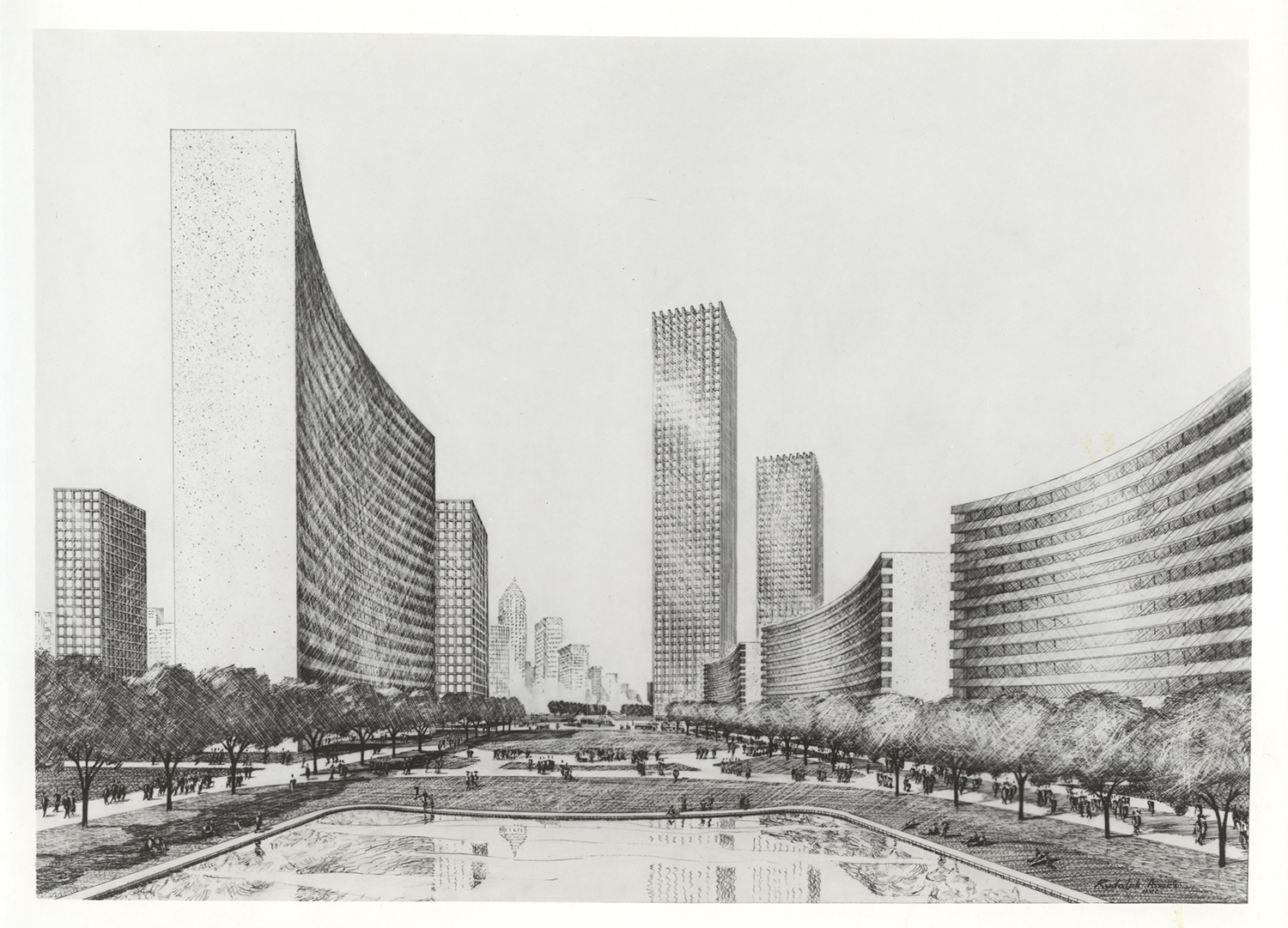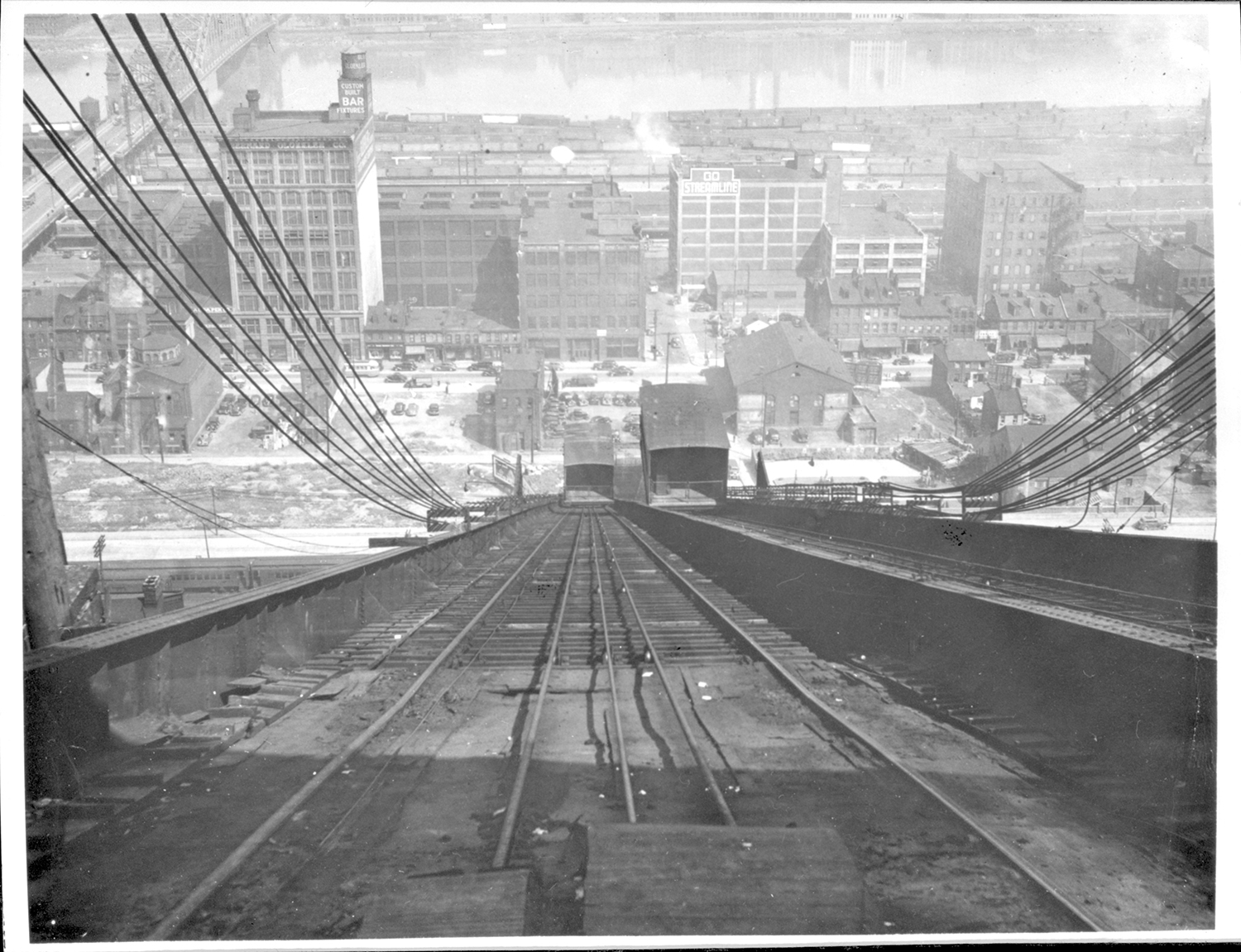This post is part of an ongoing series seeking images and documents in connection with the #Pixburgh: A Photographic Experience exhibition opening this fall at the Heinz History Center. Read all posts related to the project by searching the #pixburgh tag on our blog.
I love the Strip District and I know I’m not alone. Over the past 20 years, the Strip has gone from being Pittsburgh’s gritty, nearly abandoned produce and warehouse district to the city’s hippest place to live.
In the early 1990s, the Heinz History Center chose as our new home the old Chautauqua Lake Ice Company building in the Strip District. At that time the staff didn’t know anything about our new neighborhood, so a colleague and I embarked on a project to document the buildings and history of the Strip.
In the early 19th century, the area from 11th to 15th St. was a suburban neighborhood known as the Northern Liberties or Bayardstown. Its population was largely German and Irish and the residents were craftsmen and merchants. Even in its earliest days, however, the Allegheny River attracted iron mills and other heavy industries. By the late 19th century, changes in technology in the steel industry had transformed the Strip into a smoke belching, soot covered neighborhood teeming with recent immigrants from Central and Eastern Europe. The early 20th century brought a third cycle of change when the railroad tracks were removed from downtown and the wholesale produce business shifted east to 21st Street. By the time the History Center arrived in the early 1990s, the wholesale produce business was barely hanging on and those that were left had begun to open small retail shops on Penn Ave. beginning the long, slow transformation into the shopping mecca we know today.

While we did find some graphics that illustrated its history – engravings of industrial buildings, photos of neighborhood institutions like St. Stanislaus, the produce terminal awash during the 1936 Flood – we never really found a cache of photographs that seemed to capture the heart and soul of the Strip, the people who lived and worked here.
Where were the photos of the single men who came to work in the mills? The young women who worked at Heinz and Armstrong Cork? The couples who got married at St. Philomena’s? Where were the images of the men who unloaded the endless trains full of produce? In the early 20th century there were nearly 100 saloons and drinking clubs in the Strip and we never uncovered a photo of a single one of them.
Once, when interviewing a man who worked for decades in the produce business, we asked if he had any photos of his company and the people employed there. He looked puzzled then said, “Photos? We didn’t have time for photos, we were working!”

Surely the people who lived in the Strip had photos of themselves and their families. They documented milestones like weddings and funerals and the day they opened their produce store.
If your family lived or worked in the Strip District and you have photos or artifacts that document the history of the neighborhood, we might be interested in adding them to our permanent collections. For that matter, if you’re a millennial hipster and part of the Strip’s current renaissance, we’d love your photographic take on life in the Strip in 2016.
What does your residence look like? What does your workplace look like? Where do you hang out in the Strip? If you’re willing to share, we would love to hear from you.
Lauren Uhl is the museum project manager & curator of food & fitness at the Heinz History Center.
Use the form below if you have old images, documents, or artifacts related to Pittsburgh’s past. We’d love to talk with you about adding unique content to our permanent collections. Please include a brief description along with your contact information and a History Center team member will be in contact with you.

